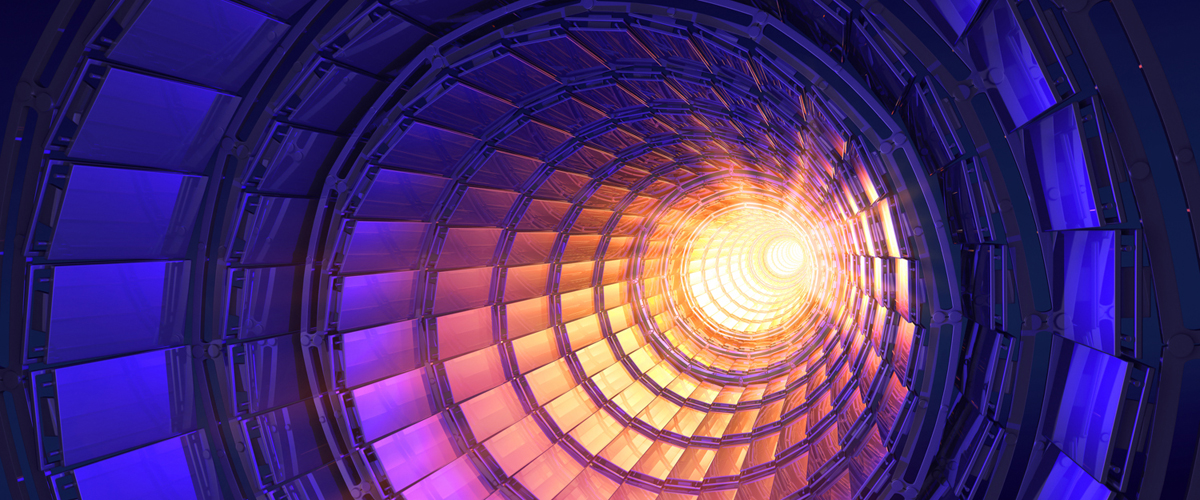Professor Joseph Incandela, Yzurdiaga Professor of Experimental Science at University of California Santa Barbara, was the 2013 Physics Nobel Prize Colloquium lecturer.
LISTEN to Professor Incandela
Almost 50 years ago, while trying to understand nuclear forces, Robert Brout (1928–2011), Francois Englert and Peter Higgs had an ingenious idea that also answered a question so profound that it had almost never been asked: How do elementary particles get their mass? To test their idea would require the largest and most complex scientific instruments ever built: the Large Hadron Collider (LHC), a 16 mile, circular accelerator, together with the gigantic ATLAS and CMS experiments, all nearly 30 stories underground. Data of unprecedented quality and quantity were recorded over the past 3 years for proton proton collisions at the highest energies ever reached. Joe Incandela, leader of the CMS experiment, will give an overview of this decades-long search involving physicists from 60 nations.
WATCH Professor Incandela
Joe Incandela is the Yzurdiaga Professor of Experimental Science at the University of California Santa Barbara. He received his PhD from the University of Chicago in 1986. He studied W and Z bosons and searched for Higgs Bosons on the UA2 experiment at CERN from 1987-1991. He then co-led a search for the top quark on the CDF experiment at Fermilab using a new Silicon detector that was critical to the top quark discovery in 1995. He is currently the head of the CMS experiment at CERN and on July 4th 2012 he announced the discovery of a particle resembling the Higgs boson, together with Dr. Fabiola Gianotti who made a similar announcement for the ATLAS experiment. Together with 5 other physicists they shared the $3M Special Fundamental Physics Prize in March.

